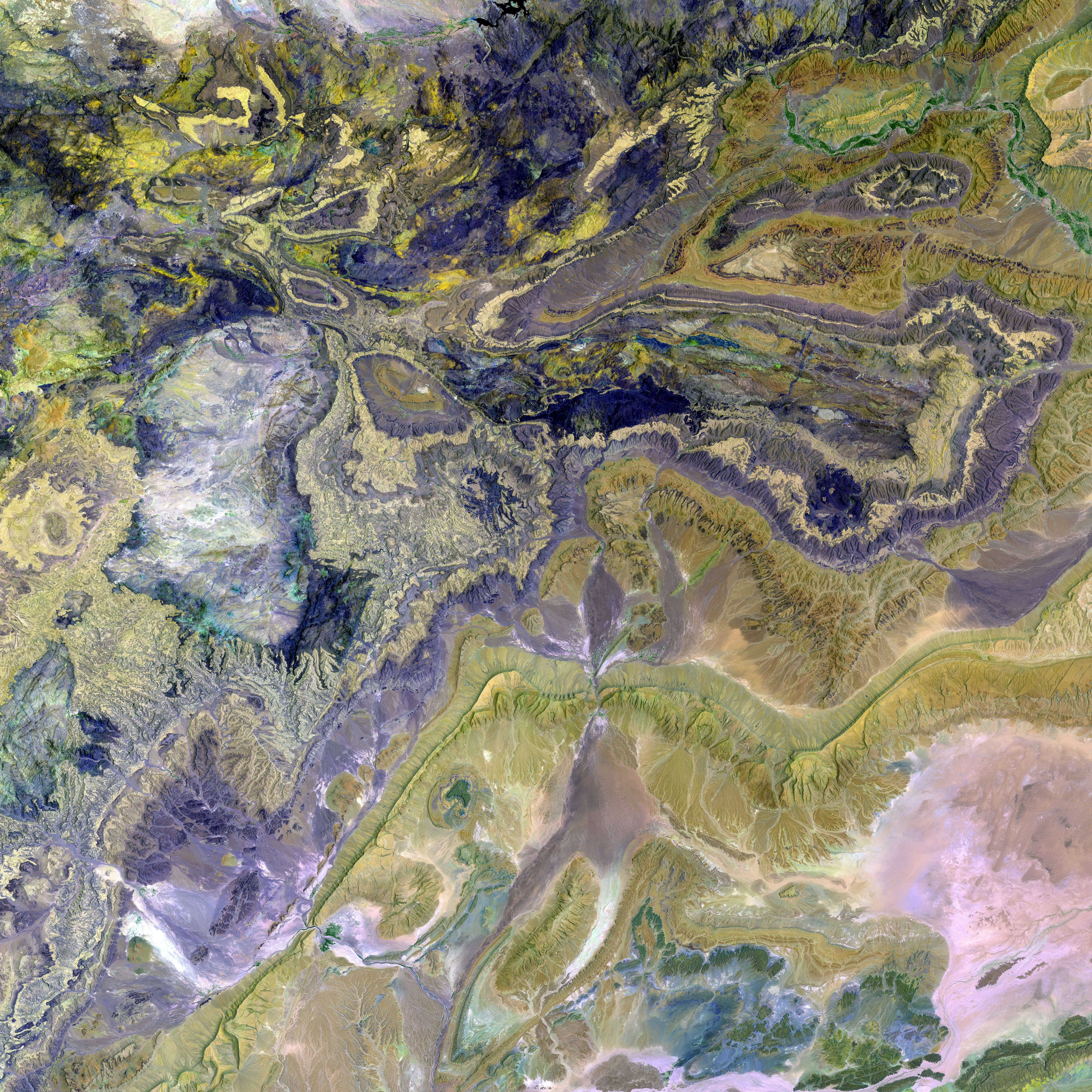Trump's Proposed Executive Order Proposes AI Integration in Kindergarten to 12th Grade Education
Let's Chat About AI in Classrooms
These days, schools in the good ol' USA are strapped for cash, struggling to even afford basics like pencils and paper. Yet, the new education secretary's trying to toe Trump's line, aiming to minimize federal intervention in education (except for pulling funds from universities that exercise free speech).
But when it comes to AI, things are different. A draft executive order is pointing us right smack in the middle of the high-tech world, funneling money into promoting AI literacy for students and teachers. Dubbed "Advancing Artificial Intelligence Education for American Youth," the order touts AI as the driving force behind innovation, productivity, and lifestyle transformations.
With China already integrating AI applications into their textbooks and curriculum, these two nations are going head-to-head to be the leading force in AI. The AI race is on, and the US is jumping in with both feet.
The proposed White House task force on AI education will bring tech bigwigs to the table, like Michael Kratsios, director of the Office of Science and Technology Policy, and Trump's advisor on crypto and AI, David Sacks.
So, what's the scoop on this order? Well, federal agencies would be asked to partner with private industries, universities, and nonprofits, with a focus on teaching students the basics of AI and critical thinking skills. Sounds great, right? But ironically, those two things can clash, as "AI" and "critical thinking" are as different as day and night.
Now, hold onto your hats, because things just got a little wacky. Earlier this year, a study by Microsoft and Carnegie Mellon University found that people who trust AI assistants the most are the ones who think less critically about their findings. It's no surprise that new programmers might not even know how to code these days, relying on bots to do the work — all while risking missing out on crucial knowledge to troubleshoot issues and formulate smarter solutions.
The question is, can schools implement AI correctly? Many of these institutions struggle to keep students engaged, often cracking down on smartphone use instead of finding ways to use technology for good. And let's face it, teachers have their hands full already.
Case in point: Education Secretary Linda McMahon recently found herself the butt of jokes after confusing AI with A1 steak sauce. Kudos on that one, Linda! It'll be quite a task to get ChatGPT running smoothly in the classroom.
[1] Song, Y., & al T lasawi, A. (2019). Ten simple rules for developing trustworthy AI systems. PLOS Computational Biology, 15(9), e1007518.
[2] White House. (2019, June 18). Executive Order on Maintaining American Leadership in Artificial Intelligence. WhiteHouse.gov.
[3] Office of Science and Technology Policy. (2019). Deep Dive: Artificial Intelligence. WhiteHouse.gov.
[4] Weise, E. (2019, June 18). Trump admin to push AI education nationwide. Politico.com.
- The draft executive order aims to promote AI literacy for students and teachers, viewing artificial intelligence as a key driver for innovation, productivity, and lifestyle transformations.
- The proposed White House task force on AI education will collaborate with tech giants, universities, and nonprofits to teach students the fundamentals of AI and critical thinking skills.
- Despite the promising potential of integrating AI into education, concerns about critical thinking skills and over-reliance on AI Assistants persist, as a study by Microsoft and Carnegie Mellon University found that people who trust AI assistants the most are often less critical of their findings.
- In the realm of education and self-development, online platforms like Gizmodo can provide resources and insights on the latest trends in technology, helping learners to navigate the complexities of AI and technology in the future.








